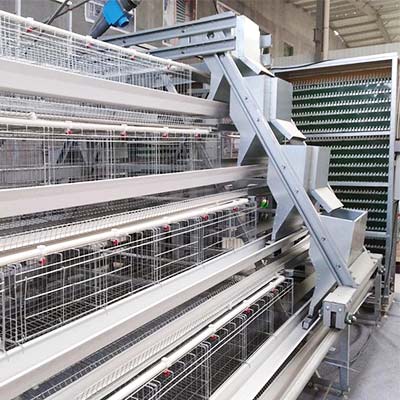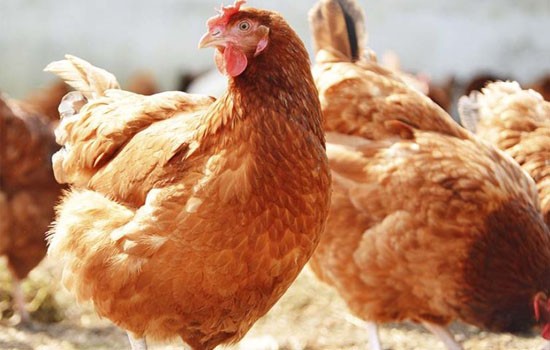How to choose automatic chicken raising equipment?
- Published in Poultry raising equipment
There are many types of automatic chicken raising equipment, and it will be more troublesome to purchase. Therefore, the editor has sorted out the purchase precautions of some automated chicken raising equipment, and let’s take a look.
First of all, the automatic poultry manure removal equipment is indispensable in the automatic breeding equipment. Before purchasing the equipment, you can shop around and choose the one with reliable quality and reasonable price for purchase. This equipment is used more frequently. Therefore, choose a durable one.

Secondly, automatic egg picking machine equipment is also essential. The device greatly reduces manual labor. Therefore, the material of the equipment should be considered when purchasing the equipment, which should meet the requirements of good quality, long service life and low operating noise.
In addition, there are automatic poultry feeding equipment. This kind of equipment can also reduce manual labor. When purchasing this equipment, you must first understand the type of the equipment, and choose the appropriate automatic feeding equipment according to actual needs. Of course, the material of the device is also something to pay attention to when purchasing.
In a word, the above is what poultry equipment manufacturers share to pay attention to when choosing automatic chicken raising equipment.



